Introduction
Hunza, nestled in the heart of the majestic Himalayas, boasts a culinary tapestry as rich and diverse as its breathtaking landscapes. The food in Hunza isn’t just sustenance; it’s a flavorful reflection of its vibrant culture and heritage. From centuries-old recipes passed down through generations to contemporary takes on traditional fare, the gastronomic delights of Hunza are a celebration of history, community, and identity. In exploring the unique fusion of flavors and culinary practices, one uncovers a narrative woven intricately into the fabric of daily life—the stories of resilience, hospitality, and the invaluable bond that sharing meals fosters within this close-knit society.
Food in Hunza embodies more than just nourishment; it encapsulates a way of life. Each dish holds within it a tale of the region’s resilience, resourcefulness, and the profound connection between the people and their land. Throughout this exploration of “Food in Hunza,” we’ll embark on a flavorful journey delving into the historical roots and cultural significance of Hunza’s cuisine. From the intriguing blend of local produce and staple ingredients to the time-honored cooking techniques passed down through generations, we’ll uncover the essence of Hunza’s culinary treasures.
Join us as we navigate through the spice-laden aromas, the vibrant colors of fresh produce, and the warmth of hospitality ingrained in every meal. Discover the rituals, stories, and flavors that make “Food in Hunza” a sensory experience steeped in tradition and rooted in the very soul of this breathtaking region. In this exploration, we’ll unravel the tales behind every dish, celebrate the local heroes preserving age-old recipes, and offer insights into savoring Hunza’s culinary heritage to its fullest. Get ready to immerse yourself in the captivating world of “Food in Hunza,” where every bite tells a story of resilience, heritage, and community.
List of Food in Hunza
| S. No | Name of Food/Dish | Category | Price Range (USD & EUR) | Main Ingredients (if available) |
|---|---|---|---|---|
| 1 | Chapshuro | Savory | $5-$15 USD, €4-€12 EUR | Dough, Meat |
| 2 | Hunza Pie | Pastry | $8-$20 USD, €7-€18 EUR | Flour, Cheese, Vegetables |
| 3 | Momos | Savory | $6-$12 USD, €5-€10 EUR | Dough, Meat/Vegetables |
| 4 | Harissa | Meat Dish | $10-$25 USD, €8-€20 EUR | Wheat, Chicken |
| 5 | Mantu | Savory | $7-$15 USD, €6-€13 EUR | Dough, Meat |
| 6 | Thukpa | Soup | $6-$12 USD, €5-€10 EUR | Noodles, Vegetables, Meat |
| 7 | Diram Fitti | Savory | $5-$12 USD, €4-€10 EUR | Dough, Vegetables |
| 8 | Baghar Khani | Pastry | $4-$10 USD, €3-€8 EUR | Flour, Butter |
| 9 | Chilpindok | Savory | $6-$14 USD, €5-€12 EUR | Dough, Meat |
| 10 | Yakhni | Soup | $8-$18 USD, €7-€15 EUR | Meat, Spices |
| 11 | Gyal | Sweet | $4-$10 USD, €3-€8 EUR | Barley, Butter, Sugar |
| 12 | Skardu Soup | Soup | $7-$15 USD, €6-€13 EUR | Meat, Lentils, Spices |
| 13 | Dal Chawal | Savory | $5-$12 USD, €4-€10 EUR | Lentils, Rice |
| 14 | Phiti | Savory | $5-$11 USD, €4-€9 EUR | Dough, Meat |
| 15 | Tumuru | Sweet | $4-$9 USD, €3-€8 EUR | Flour, Sugar, Oil |
| 16 | Shapik Shuro | Savory | $6-$13 USD, €5-€11 EUR | Dough, Meat |
| 17 | Ghil'git Shuro | Savory | $5-$12 USD, €4-€10 EUR | Dough, Vegetables |
| 18 | Champrash | Sweet | $4-$10 USD, €3-€8 EUR | Wheat, Butter, Sugar |
| 19 | Salajeet | Other | $10-$30 USD, €8-€25 EUR | Resin |
| 20 | Apricot Cake | Sweet | $8-$18 USD, €7-€15 EUR | Apricot, Flour, Sugar |
| 21 | Hunza Bread | Pastry | $6-$15 USD, €5-€13 EUR | Wheat Flour, Butter |
| 22 | Phalay | Savory | $5-$12 USD, €4-€10 EUR | Dough, Meat |
| 23 | Palti Ghaat | Savory | $6-$14 USD, €5-€12 EUR | Lentils, Rice, Vegetables |
| 24 | Apricot Tart | Sweet | $7-$16 USD, €6-€14 EUR | Apricot, Flour, Sugar |
| 25 | Khapuro | Savory | $6-$13 USD, €5-€11 EUR | Dough, Meat |
| 26 | Khurdi | Sweet | $4-$9 USD, €3-€8 EUR | Wheat, Sugar |
| 27 | Quroot | Other | $10-$25 USD, €8-€20 EUR | Dried Yogurt |
| 28 | Gawa | Savory | $5-$12 USD, €4-€10 EUR | Wheat, Meat |
| 29 | Chamurabi | Savory | $6-$14 USD, €5-€12 EUR | Dough, Meat |
| 30 | Chupri | Sweet | $4-$10 USD, €3-€8 EUR | Flour, Sugar, Ghee |
| S. No | Name of Food/Dish | Category | Price Range (USD & EUR) | Main Ingredients (if available) |
Note: The price range provided is approximate and may vary depending on the restaurant or vendor.
Chapshuro: Chapshuro is a traditional pastry filled with minced meat, vegetables like onions, and a mix of local spices. The dough, typically made from wheat flour, is rolled thin and folded over the filling, creating a half-moon shape. It’s then baked or cooked on a griddle until the crust becomes crispy. This savory delight is often enjoyed as a quick and satisfying snack, perfect for on-the-go eating or as a hearty meal when paired with chutney or yogurt.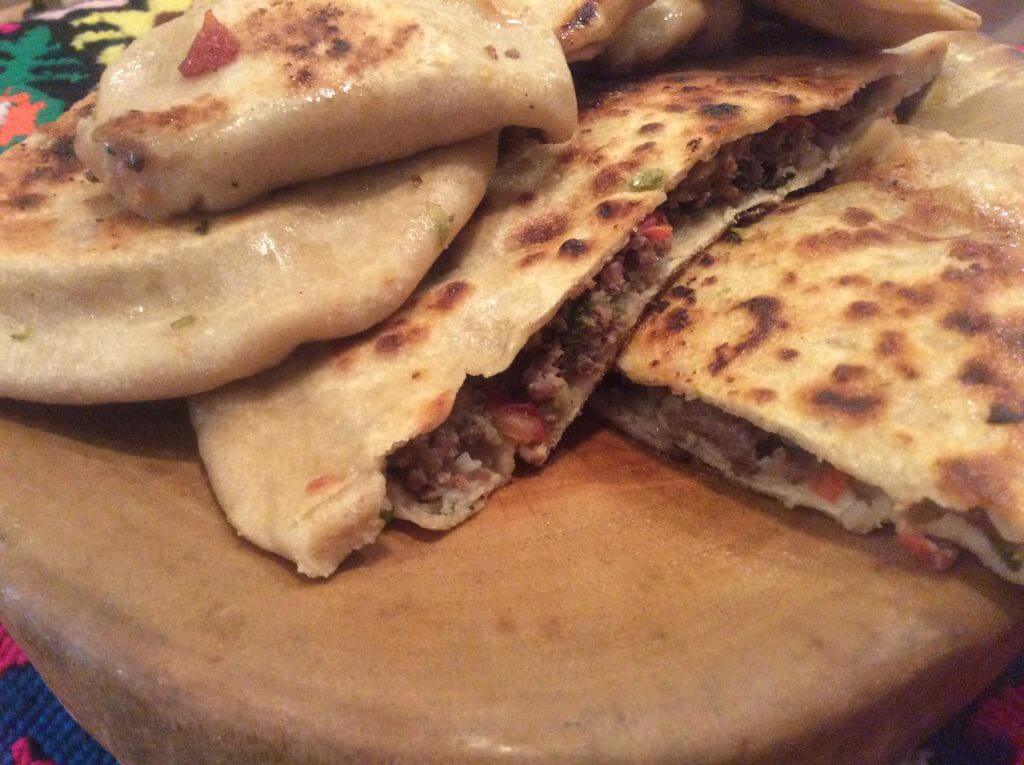
Hunza Pie: Hunza Pie is a savory pie filled with a delightful mixture of local cheese, spinach, and sometimes even potatoes or meat, all encased in a flaky pastry crust. This dish represents the fusion of local produce and traditional baking techniques. The pie’s filling is a combination of fresh vegetables and ingredients readily available in the Hunza region, resulting in a delicious and hearty meal that’s enjoyed by locals and visitors alike.
Momos: These Tibetan-origin dumplings have found their way into Hunza’s culinary scene. Momos consist of a thin dough wrapper filled with minced meat (commonly yak or mutton), vegetables, or cheese, along with a blend of spices. They are typically steamed and served hot, often accompanied by a spicy dipping sauce made from tomatoes, chili, and other spices. Momos are a beloved comfort food, offering a burst of flavors with each bite.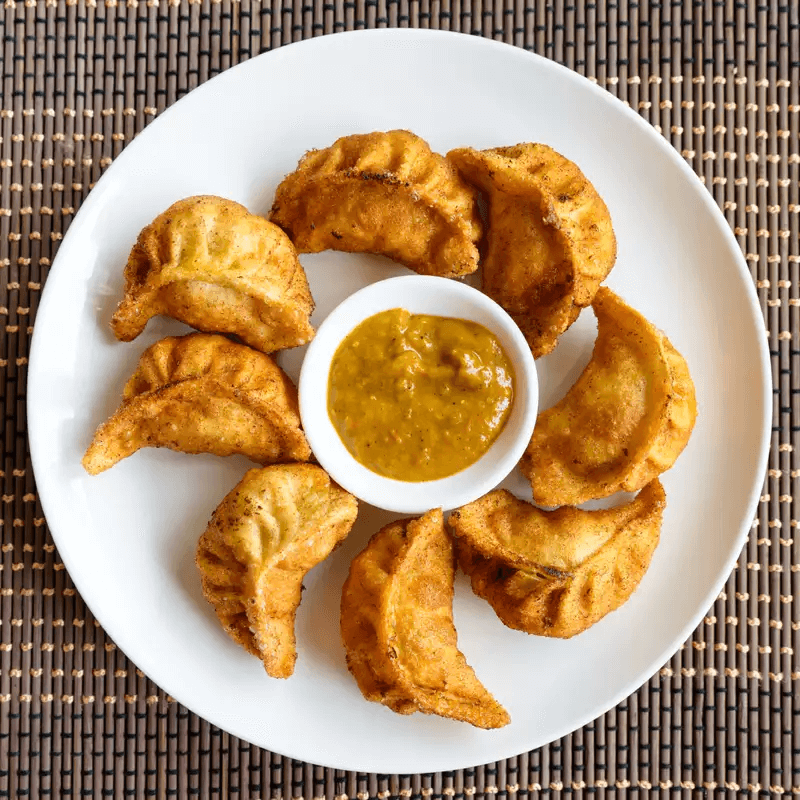
Harissa: Harissa is a slow-cooked porridge-like dish made from pounded meat, usually chicken or lamb, and wheat or barley. The meat is cooked until it’s tender and then pounded to a paste-like consistency. This dish is cooked slowly over several hours, allowing the flavors to meld together. Harissa is known for its rich and hearty taste, often served during special occasions and gatherings, and is considered a comfort food in the region.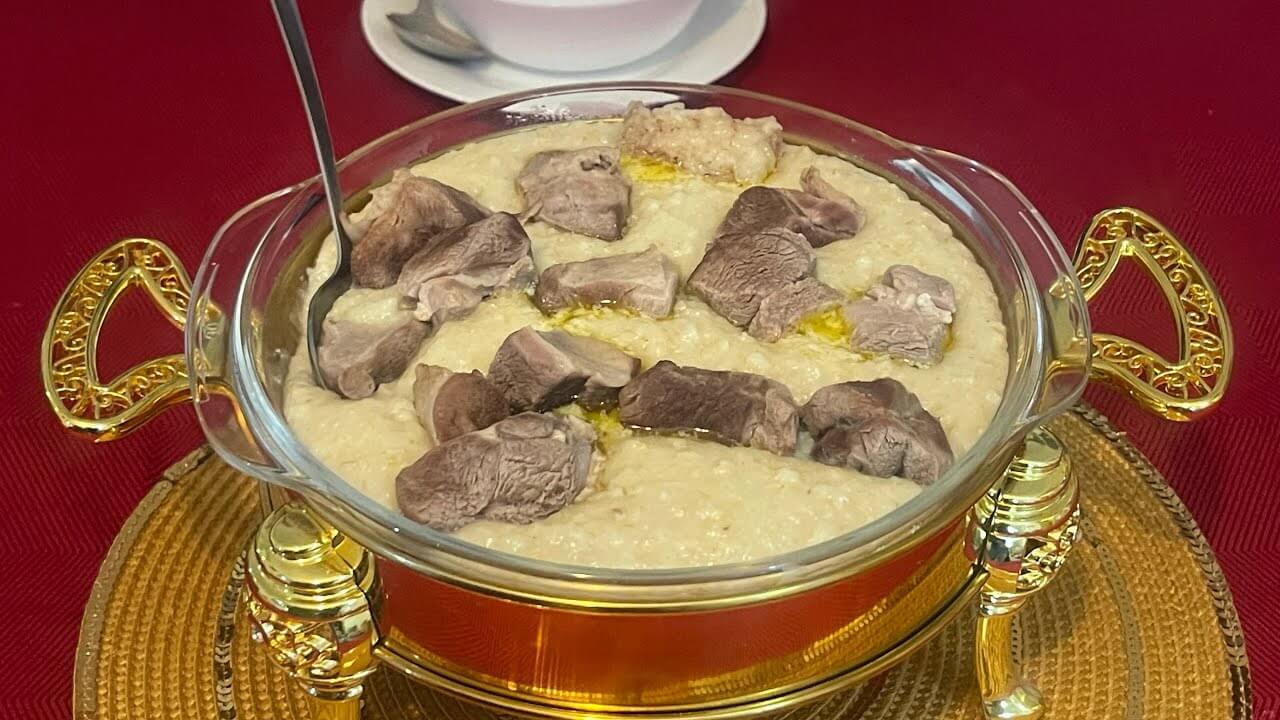
Thukpa: Thukpa is a warming noodle soup that combines wheat or rice noodles, vegetables like carrots, cabbage, and spinach, along with either chicken or mutton in a flavorful broth seasoned with local spices. This Tibetan-inspired dish is hearty, wholesome, and perfect for the colder climates of Hunza. It’s often garnished with fresh cilantro and a squeeze of lemon for added zest.
Baghar Khani: Baghar Khani, or “cooked biscuits,” are crispy, flaky biscuits made from wheat flour and ghee (clarified butter). The dough is rolled out into thin circles, layered with ghee, folded, and rolled again before being cooked on a griddle. These biscuits are a staple in Hunza’s cuisine, enjoyed with tea or as a side dish to complement various meals.
Chilpindok: Chilpindok is a traditional Hunza bread made from whole wheat flour and baked in a round shape. It has a dense texture and is often enjoyed with butter, cheese, or jam. Chilpindok is a simple yet delicious bread that forms a part of everyday meals in Hunza, offering a delightful taste of the local baking traditions.
Yakhni: Yakhni is a flavorsome broth-based dish made by simmering meat (usually chicken or mutton) in a mix of yogurt, various spices, and herbs like bay leaves, cinnamon, and cloves. This slow-cooked preparation results in tender meat infused with rich flavors from the aromatic spices and yogurt. Yakhni is often served as a standalone soup or paired with rice, offering a comforting and fulfilling meal.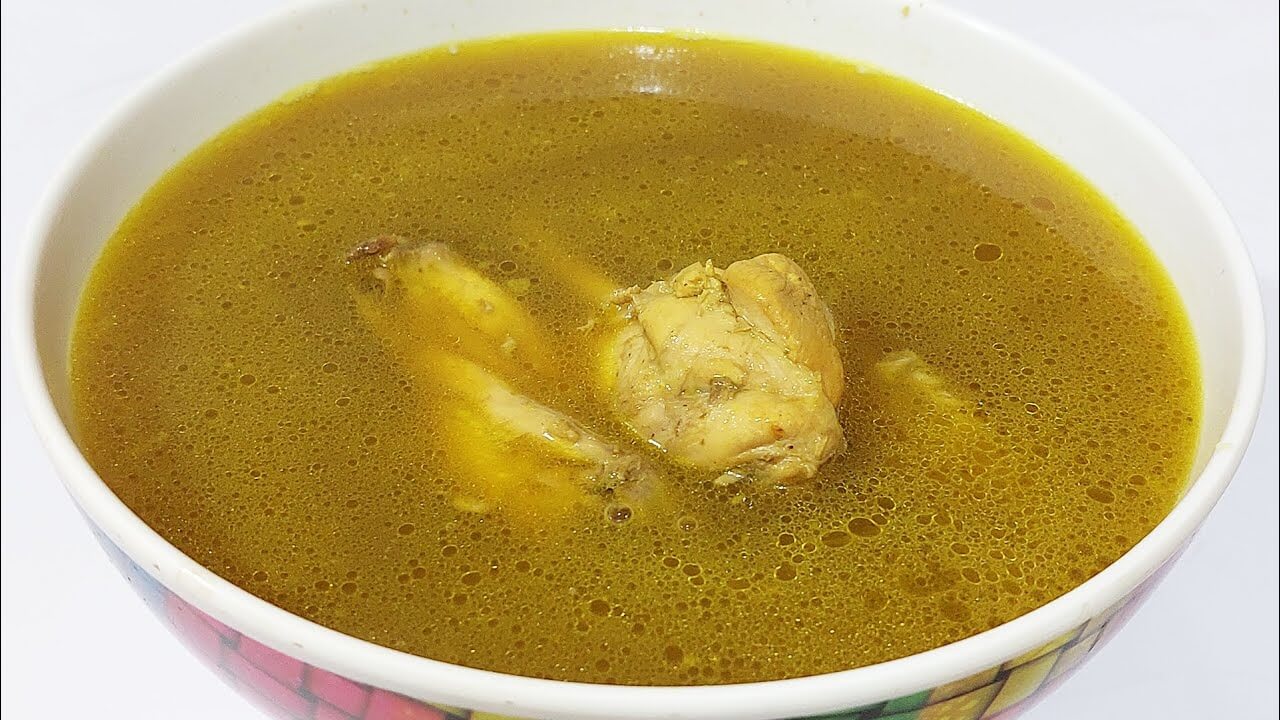
Gyal: Gyal is a traditional sweet dish originating from the Hunza region, made primarily from barley flour, butter, and sugar. This simple yet delightful dessert is prepared by cooking barley flour in butter until it turns golden brown, then sugar is added to sweeten the mixture. The resulting dish has a rich, nutty flavor with a touch of sweetness, making it a popular treat among locals and visitors alike.
Skardu Soup: Skardu Soup is a hearty and nutritious soup made from a variety of ingredients like lentils, vegetables, and chunks of meat. The blend of spices and the slow cooking process gives this soup its rich and flavorful taste. It’s a comforting dish, especially during the colder months, providing warmth and nourishment.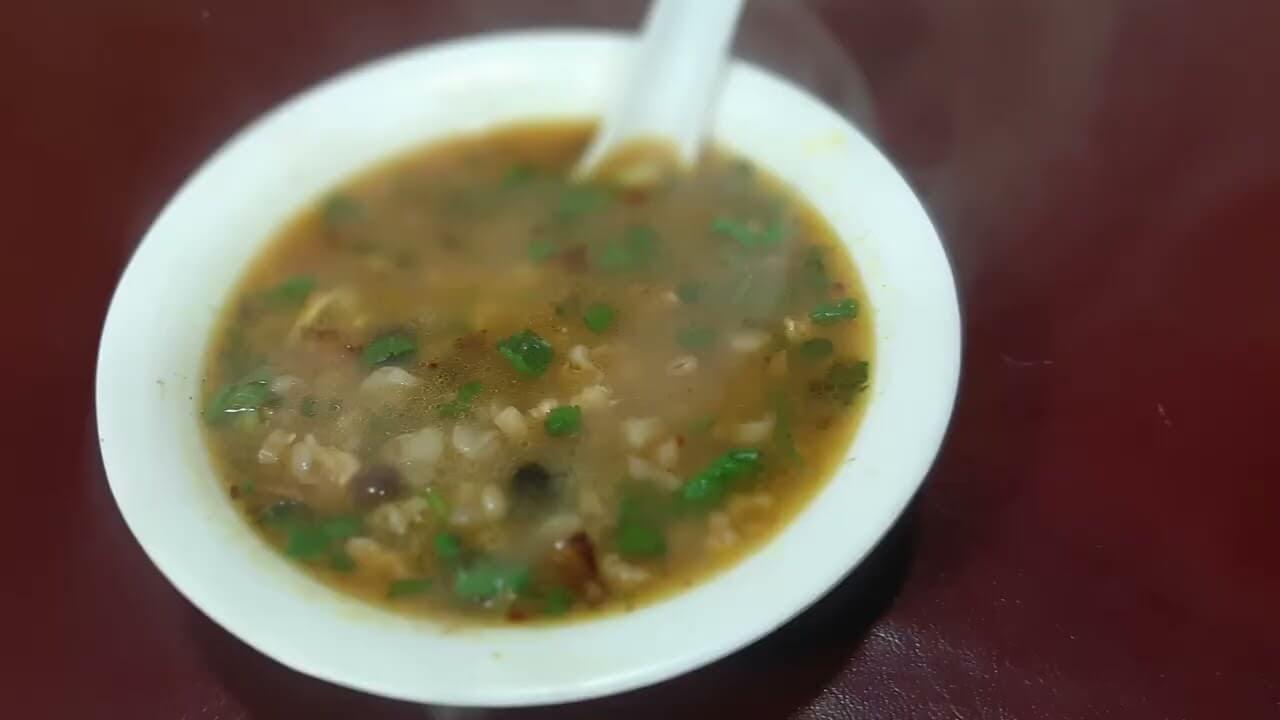
Dal Chawal: A simple yet satisfying dish, Dal Chawal comprises lentils (dal) and rice (chawal). The lentils are cooked with aromatic spices until they form a thick, flavorful stew, which is then served over a bed of steamed rice. This staple dish is both nutritious and filling, commonly enjoyed as a main meal in many households across Hunza.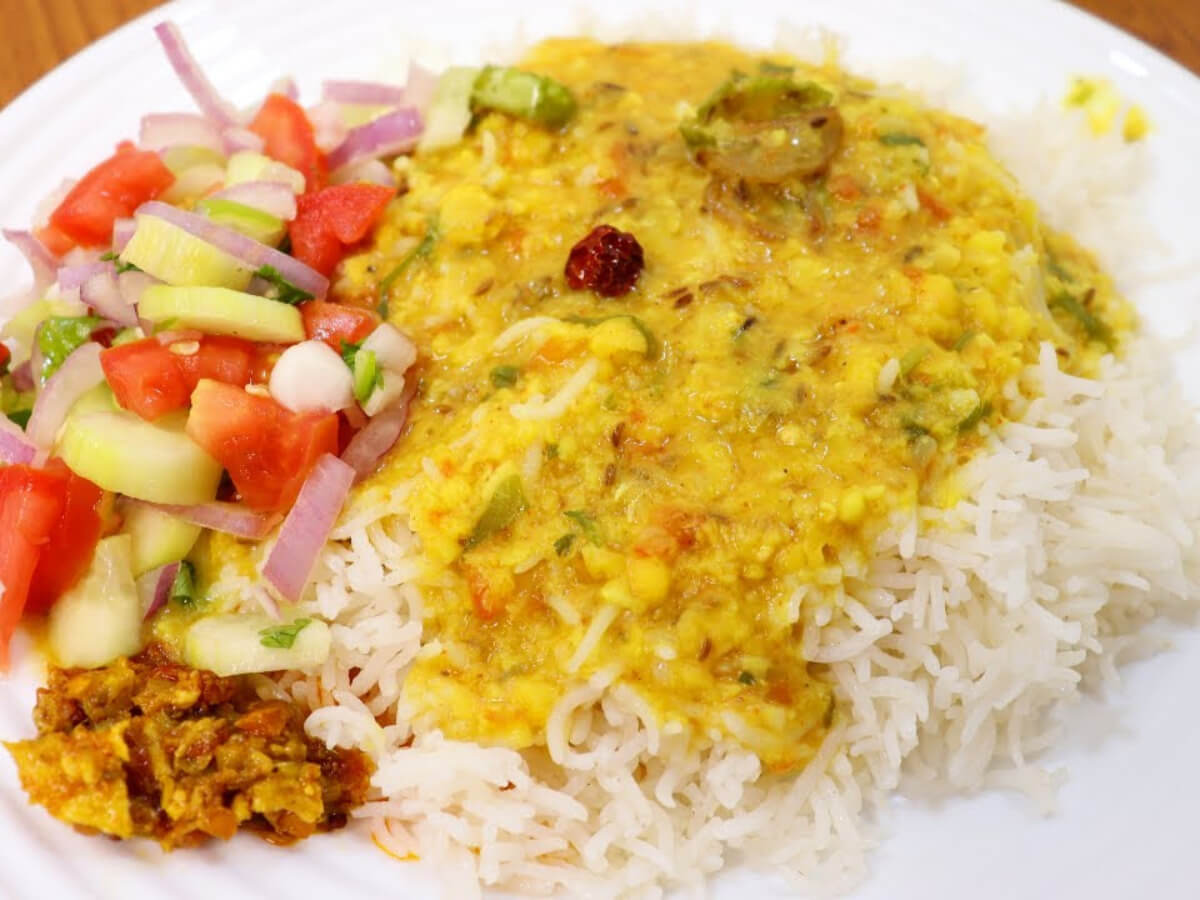
Phiti: Phiti is a traditional dish consisting of small dough dumplings cooked in a savory broth. The dumplings are made from wheat flour and shaped into small balls before being added to the simmering broth, often flavored with local herbs and spices. This dish offers a delightful combination of soft dumplings soaked in a flavorful soup, making it a favorite comfort food in the region.
Tumuru: Tumuru is a sweet delicacy made from flour, sugar, and oil. The dough is fried to a golden brown, and then soaked in sugar syrup, giving it a sweet and syrupy texture. This dessert is simple yet indulgent, offering a delightful sweetness and a crispy texture that makes it a popular treat during festivals and celebrations.
Shapik Shuro: Shapik Shuro is a traditional bread made by baking wheat dough on a hot griddle. The bread is usually shaped into a round, flat form and cooked until it develops a golden-brown crust. It’s a versatile bread often served alongside meals or enjoyed with tea, providing a wholesome and filling addition to the table.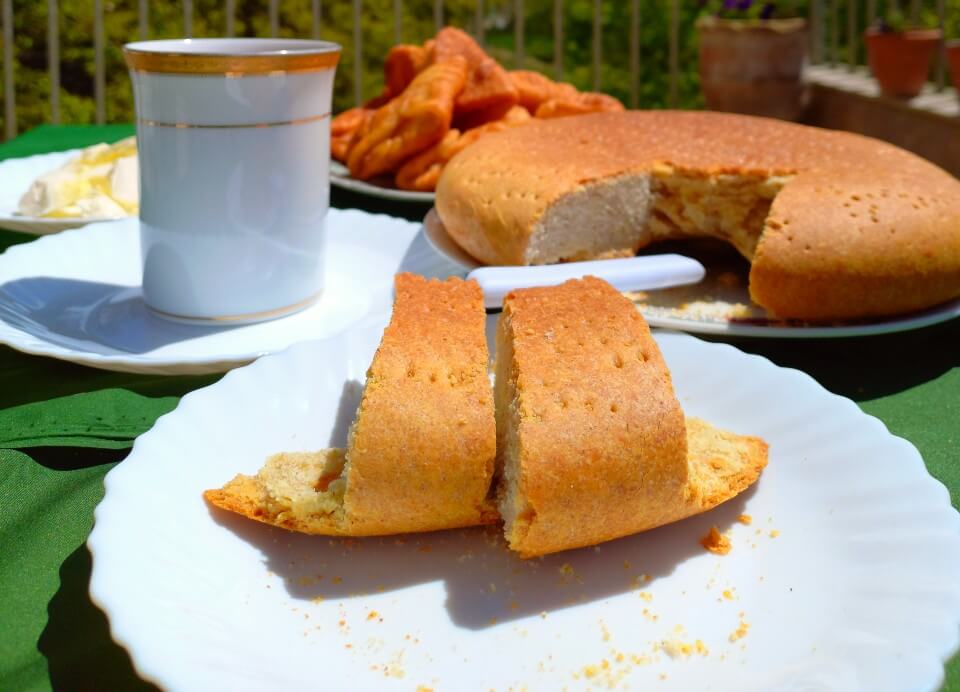
Ghil’git Shuro: Ghil’git Shuro is another variation of bread popular in the region. It’s made similarly to Shapik Shuro but might differ in ingredients or preparation methods, offering a unique taste and texture, often enjoyed as a staple food item or with various accompaniments.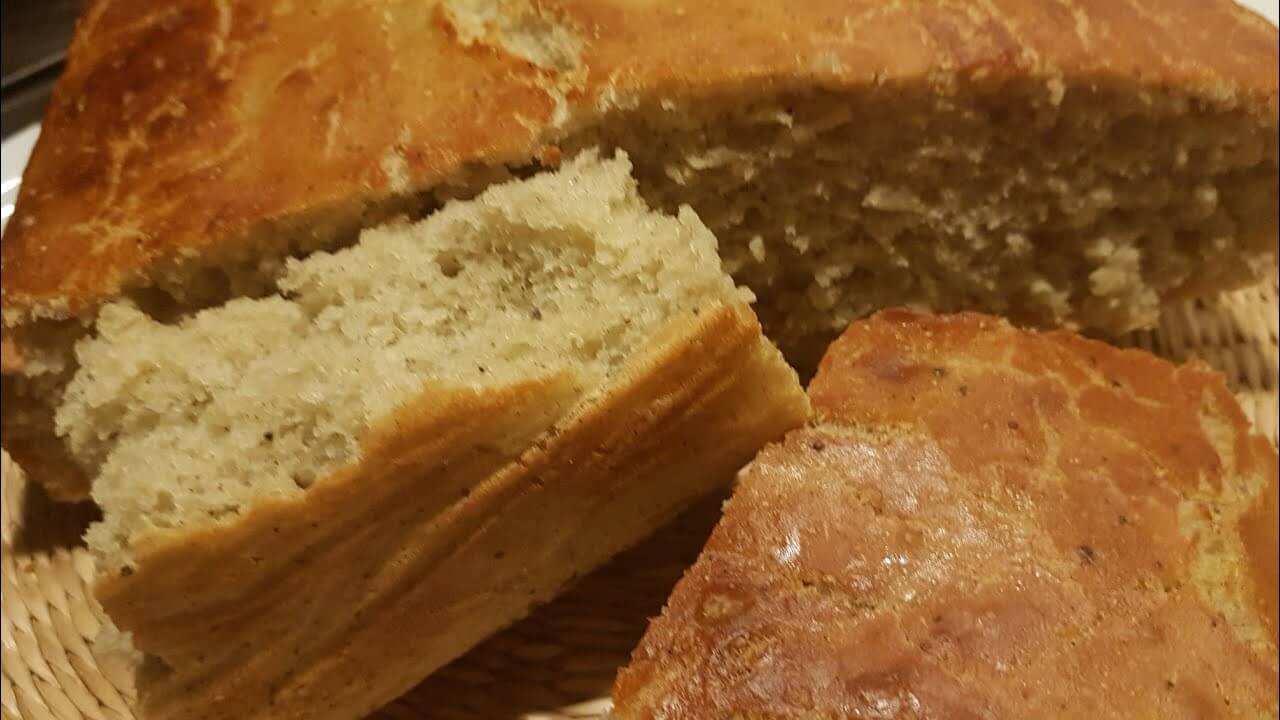
Champrash: Champrash is a traditional herbal jam made from a blend of various herbs, fruits, and nuts. It’s known for its medicinal properties and is believed to boost immunity and overall health. Ingredients often include a mix of dried fruits like dates, figs, and raisins, combined with herbs such as giloy, ashwagandha, and amla, along with honey and ghee. This nutrient-rich concoction is cooked down into a thick, sticky paste and consumed in small quantities daily for its supposed health benefits.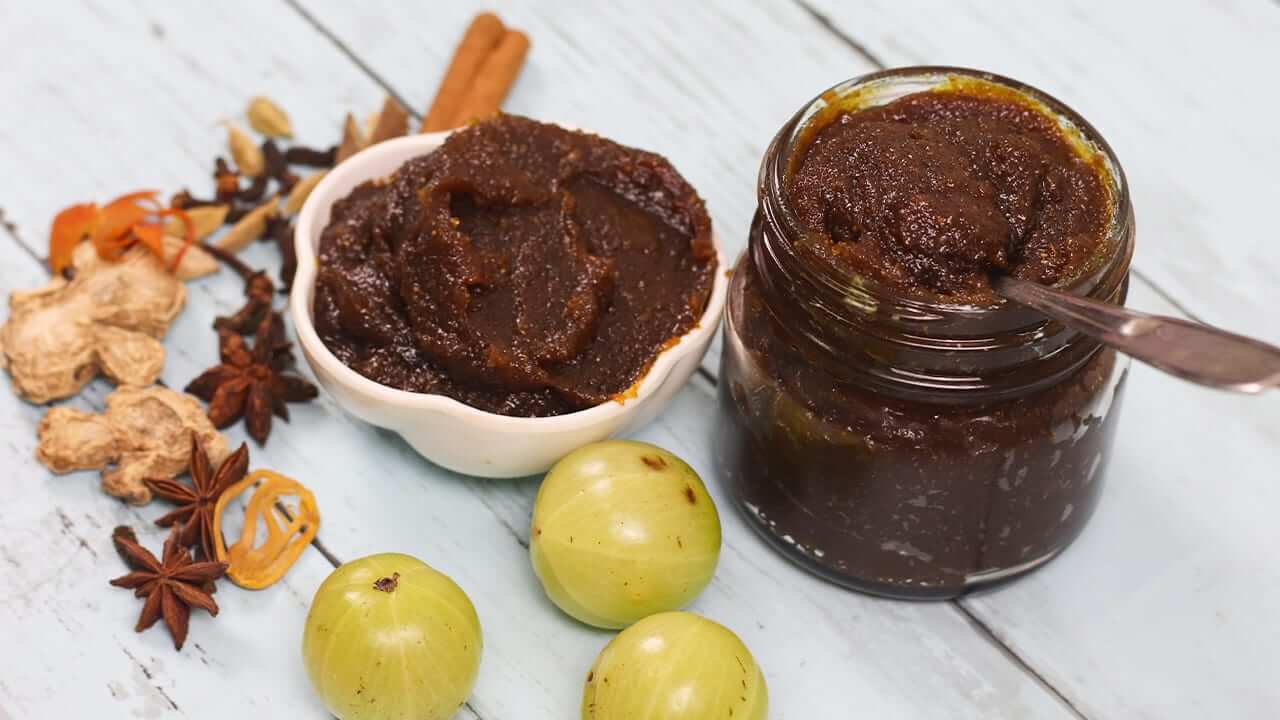
Salajeet: Salajeet, also known as Shilajit, is a natural resin-like substance found in the mountains of Hunza. It’s formed from the decomposition of plant material and contains numerous minerals and nutrients. Often consumed for its supposed health benefits, Salajeet is dissolved in water or milk and ingested, believed to enhance vitality and provide various health advantages due to its mineral-rich composition.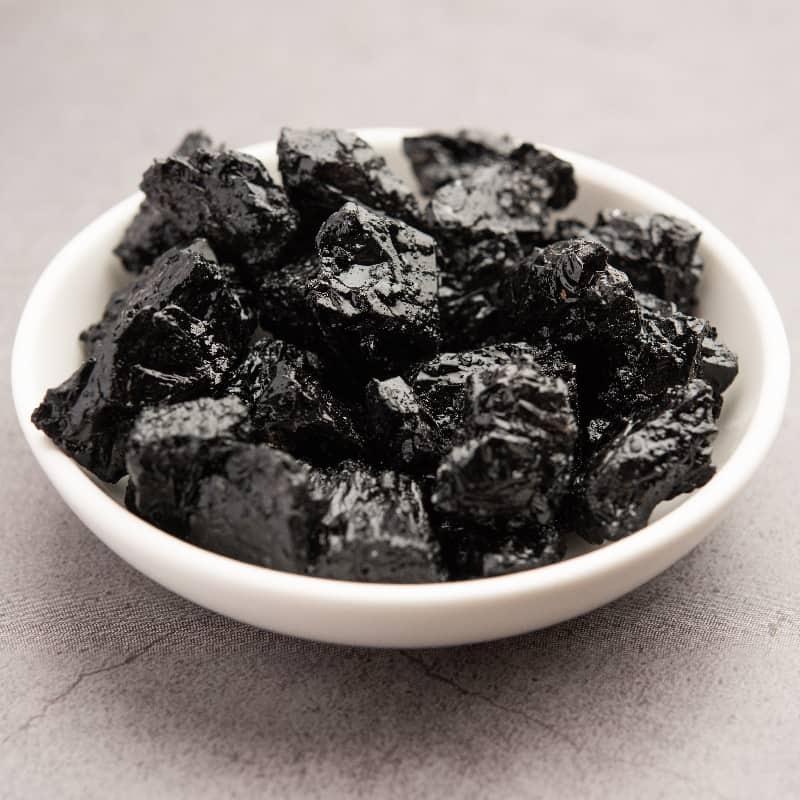
Apricot Cake: Apricot Cake is a delightful dessert made with locally grown apricots, flour, sugar, butter, eggs, and sometimes nuts. The apricots, a staple fruit of the region, are incorporated into the cake batter or used as a topping, imparting a sweet and tangy flavor. This moist and flavorful cake is a favorite among locals and visitors, especially during apricot season.
Hunza Bread: Hunza Bread is a staple in the region, made from whole wheat flour, yeast, water, and sometimes oil or butter. This hearty bread is traditionally baked in a tandoor (clay oven) or on a griddle, resulting in a slightly dense texture and a delicious nutty flavor. It’s commonly served alongside meals or used as a base for various toppings or spreads.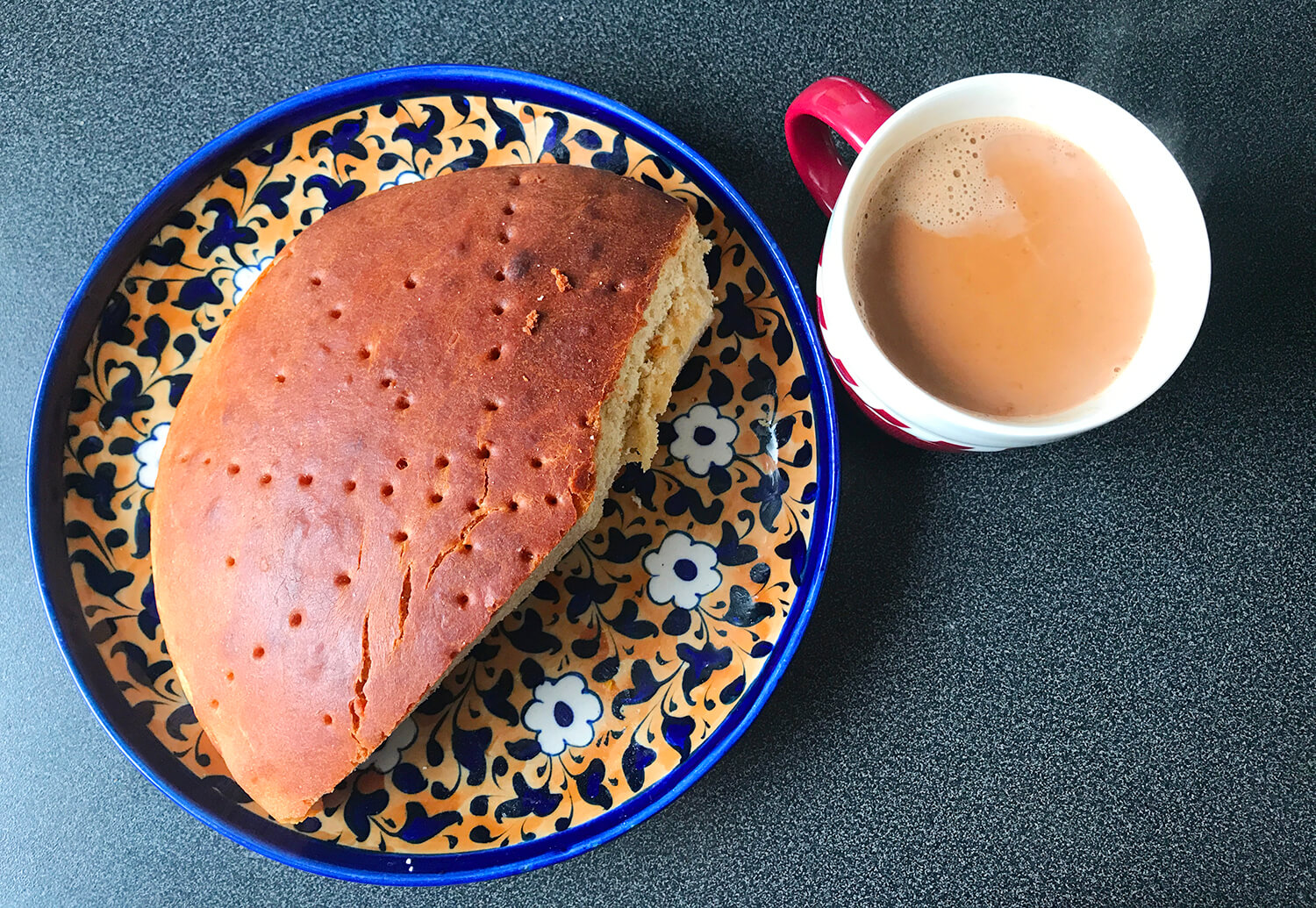
Phalay: Phalay is a traditional dish made from unleavened dough rolled out into thin circles and cooked on a griddle. The bread is typically served with butter, cheese, or local spreads, making it a versatile accompaniment to various meals. Its simple preparation and delightful taste make it a popular choice in Hunza cuisine.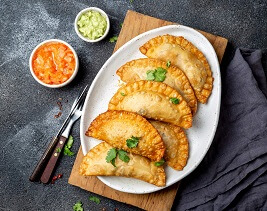
Palti Ghaat: Palti Ghaat is a savory dish comprising layers of rice, lentils, and vegetables cooked together in a single pot. The dish is flavored with local spices and herbs, resulting in a flavorful and nutritious meal. Palti Ghaat is often served during special occasions or family gatherings, showcasing the region’s culinary diversity.
Apricot Tart: Similar to the Apricot Cake, the Apricot Tart features a buttery pastry crust filled with a mixture of fresh apricots, sugar, and sometimes spices like cinnamon or cardamom. This dessert offers a delightful contrast between the tartness of the apricots and the sweetness of the pastry, making it a favorite dessert in the region.
Khapuro: Khapuro is a savory dish consisting of layers of unleavened bread dough stuffed with minced meat, onions, and a blend of local spices. The layered dough is then rolled into a spiral and baked or cooked on a griddle. The result is a hearty and flavorful dish, often enjoyed during festive occasions or as a special treat.
Quroot: Quroot is a type of dried yogurt or cheese made by straining yogurt until it becomes solid and then dried in the sun. It’s typically formed into small, hard balls and preserved for later use. Quroot can be rehydrated by soaking it in water or used as a seasoning or flavoring agent in various dishes, adding a unique tangy taste.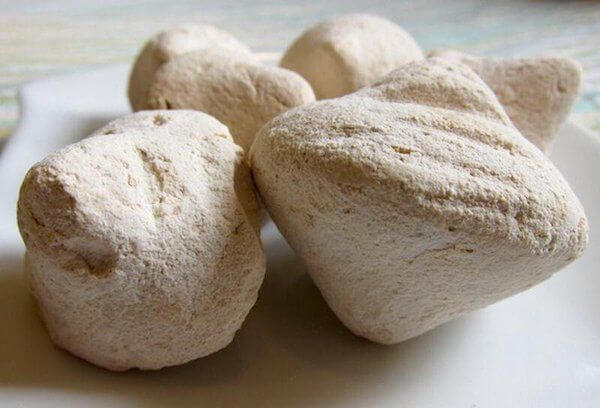
Gawa: Gawa is a dish made from whole wheat grains that are boiled until soft and then mashed. This creamy and wholesome dish is typically seasoned with butter, salt, and sometimes local herbs or spices, offering a comforting and nutritious meal.
Chamurabi: Chamurabi is a traditional Hunza bread made from whole wheat flour and baked in a circular shape. It has a dense texture and is often served with butter or local spreads, providing a simple yet satisfying addition to meals.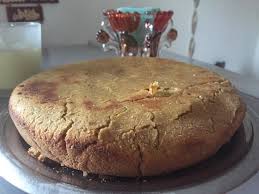
Sisnu: Sisnu is a wild edible plant found in the mountainous regions, particularly the Himalayas. It’s known for its distinctive pungent flavor and is often used as a key ingredient in various dishes like soups or stews. Sisnu adds a unique taste and aroma to the dishes it’s incorporated into.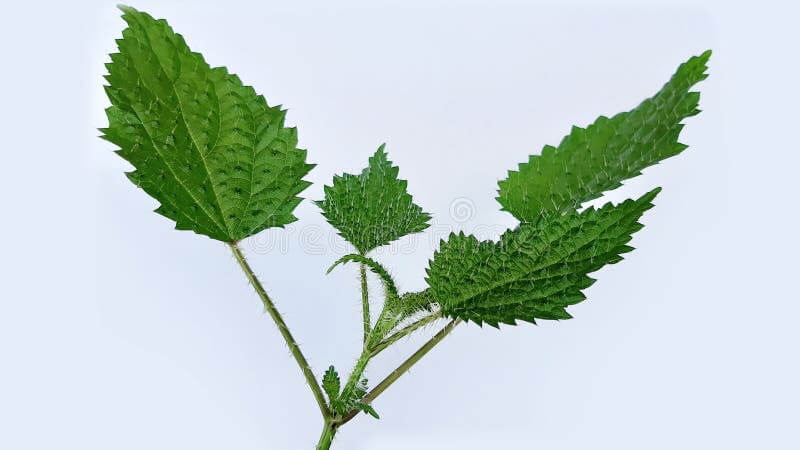
Pharu: Pharu is a popular dish made from fermented barley flour mixed with water to form a thick, porridge-like consistency. It’s typically eaten for breakfast and is known for its nutritional value and ease of preparation, providing a wholesome start to the day.
Khaas: Khaas refers to a special type of tea or infusion made from local herbs and spices. It’s believed to have medicinal properties and is consumed for its supposed health benefits, often served hot and enjoyed for its soothing and aromatic qualities.
Chilghoza: Chilghoza, also known as pine nuts, are an integral part of Hunza cuisine. These nutrient-rich nuts are often used in various dishes and desserts or simply roasted and eaten as a snack. Their rich, buttery flavor adds depth to both sweet and savory dishes, making them a versatile ingredient in the region’s culinary offerings.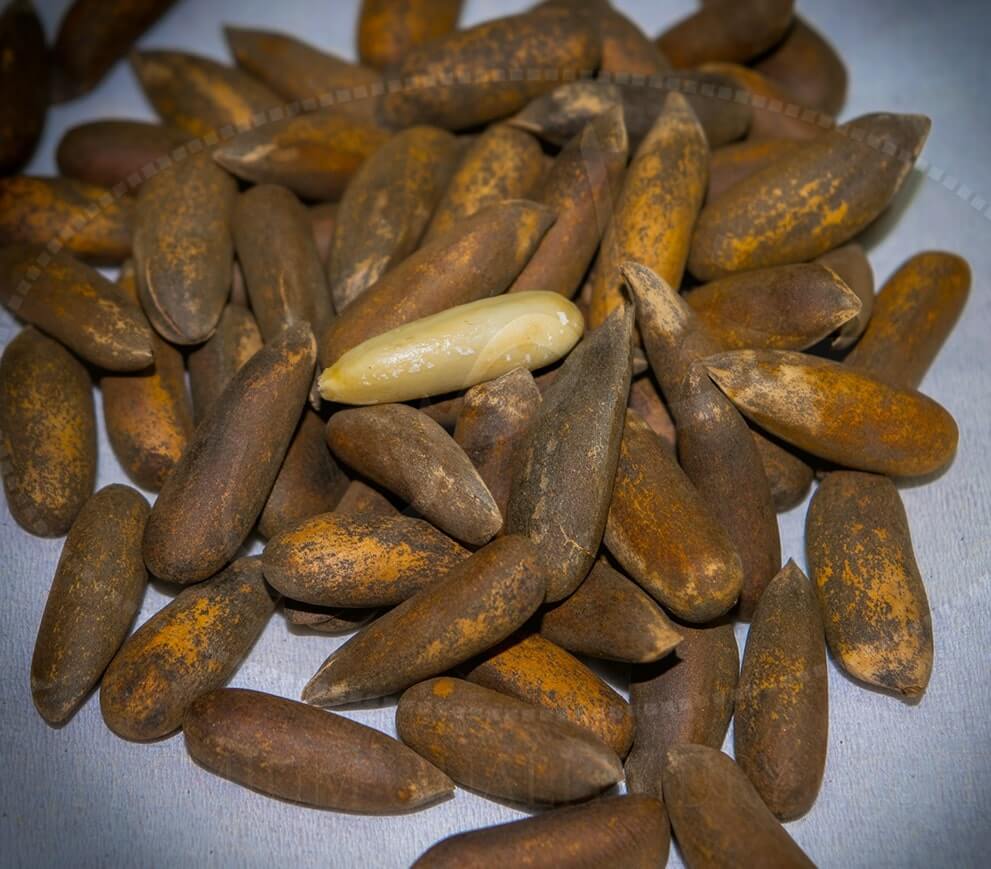
History and Culture
Historical Background
Hunza’s culinary journey traverses ancient times, deeply entrenched in the region’s history. The food in Hunza has evolved over centuries, bearing imprints of various civilizations that once thrived in these mystical valleys. From the days of the Silk Road to the influences of Alexander the Great’s expedition, Hunza’s gastronomy has been shaped by diverse cultures that traversed the region.
Overview of Historical Influences The confluence of Central Asian, Persian, and Tibetan cultures has significantly impacted the cuisine of Hunza. The Silk Road, a bustling trade route that passed through these mountains, facilitated the exchange of spices, ingredients, and cooking techniques. This amalgamation birthed a unique culinary identity, blending flavors and practices from distant lands.
Ancient Culinary Practices and Evolution Ancient recipes and culinary traditions have withstood the test of time, showcasing resilience and resourcefulness in utilizing locally available ingredients. The evolution of food in Hunza can be traced through adaptations in cooking methods, from traditional firewood stoves to modern kitchens. The preservation of heritage recipes signifies an unwavering commitment to honoring ancestral culinary legacies.
Cultural Significance
Role of Food in Social and Religious Customs Food in Hunza transcends mere sustenance; it’s an integral part of social gatherings, celebrations, and religious ceremonies. Meals are a medium for fostering bonds, displaying hospitality, and sharing traditions. The preparation and sharing of food hold profound cultural significance, symbolizing unity and respect within the community.
Symbolism in Traditional Cooking Methods Traditional cooking methods, such as using clay ovens or tandoors, carry symbolic importance. These methods impart distinct flavors and represent cultural heritage and values. The meticulousness in preparing certain dishes underscores the reverence for culinary customs, mirroring Hunza’s deep-rooted cultural ethos.
Influences and Traditions
Culinary Crossroads of Neighboring Cultures Hunza’s geographical proximity to neighboring regions has infused its cuisine with diverse influences. Persian, Central Asian, and Tibetan culinary elements blend seamlessly, manifesting in the use of spices, cooking techniques, and flavor profiles unique to the region.
Unique Food Rituals and Celebrations Food-centric rituals and festivals punctuate the cultural calendar of Hunza. Festivities like the Harvest Festival (Salgirah) or traditional weddings feature an array of special dishes, each carrying its own symbolism and significance. These occasions showcase the rich tapestry of Hunza’s food traditions, honoring heritage and community ties through gastronomic delights.
The historical and cultural tapestry woven into the food in Hunza reflects not just a culinary legacy but also the soul of a resilient and vibrant community.
Tips and Tricks
For a truly immersive culinary experience in Hunza, timing, and exploration play pivotal roles. Here’s a guide to making the most of your gastronomic journey through this enchanting region, and discovering the essence of food in Hunza.
Best Time to Experience Hunza Cuisine
Embracing the distinct flavors of Hunza cuisine is often intertwined with seasonal changes and cultural festivities. Visit during late summer and early autumn (August to October) to savor an array of seasonal produce incorporated into local dishes. These months witness a vibrant culinary scene as harvest festivals like the Salgirah showcase an abundance of fresh fruits, particularly apricots and mulberries, enhancing the authenticity of Hunza’s dishes.
Seasonal Specialties and Festivals
Delve into Hunza’s culinary tapestry during festive occasions like the Salgirah, where traditional dishes like Hunza’s signature apricot-based treats, jams, and desserts are omnipresent. The winter months (December to February) offer a chance to relish warming dishes like Harissa, a slow-cooked meat porridge, perfect for the cold climate.
Restaurant Recommendations
Exploring local eateries unveils the heart of Hunza’s food culture. Visit bustling local bazaars and eateries in Karimabad or Altit Fort to relish authentic Hunza cuisine. Notable mentions include the Baltit Cafe for traditional Hunza dishes and the Kha Basi Cafe for its cozy ambiance and regional specialties.
Cooking at Home
Recreating Hunza’s iconic dishes in your kitchen is a delightful endeavor. Try making Chapshuro, a savory pastry filled with minced meat and spices, or Phalay, the unleavened bread, using recipes passed down through generations. To ensure authenticity, source key ingredients like local apricots, dried fruits, and specialty spices from trusted ethnic grocery stores or online suppliers.
Quick Recipe: Chapshuro
Ingredients:
- Wheat flour
- Minced meat (chicken or mutton)
- Onions
- Local spices (cumin, coriander)
- Cooking oil
- Salt to taste
Method:
- Prepare the dough using wheat flour, water, and a pinch of salt.
- Roll out the dough into thin circles.
- Mix minced meat, chopped onions, and spices for the filling.
- Place the filling on one half of the dough circle and fold it over, sealing the edges.
- Cook the Chapshuro on a griddle until golden brown.
Unlock the culinary secrets of Hunza with these tips, ensuring a flavorsome and authentic experience whether dining out or trying your hand at home cooking.
Ingredients
Local Produce and Staple Foods
Overview of Hunza’s Bounty The food in Hunza is intricately intertwined with the region’s abundant harvests and locally grown staples. Staple crops like barley, wheat, and millet form the foundation of Hunza’s culinary heritage. The fertile valleys yield an array of seasonal fruits, notably apricots, mulberries, and apples, contributing to both sweet and savory dishes. Additionally, fresh vegetables such as spinach, turnips, and pumpkins thrive in Hunza’s fertile soils, lending their flavors to traditional recipes.
Emphasis on Unique Ingredients Hunza boasts a unique array of ingredients intrinsic to its cuisine. The famed Hunza apricots, renowned for their rich flavor and sweetness, are not merely a fruit but an essential ingredient woven into jams, sauces, and desserts. Likewise, the Hunza walnut, prized for its exquisite taste and nutritional value, is a hallmark ingredient in various dishes, from savory to sweet, showcasing the essence of food in Hunza.
Key Ingredients in Hunza Cuisine
The Spice of Hunza Spices plays a pivotal role in defining the distinct taste profiles of Hunza dishes. Commonly used spices such as cumin, coriander, and turmeric infuse dishes with aromatic flavors, enhancing the culinary experience. Local varieties of red chilies add a mild yet distinct heat to many recipes, elevating the authenticity of Hunza’s cuisine.
Grains, Meats, and Flavors Grains like barley and wheat take center stage in Hunza’s cuisine, forming the base of nourishing staples like Phiti and Chapshuro. These grains are complemented by a range of meats, including mutton and chicken, utilized in slow-cooked dishes like Yakhni and Harissa. The significance of these meats lies not only in their flavor but also in their cultural importance, often served during special occasions or celebrations.
Significance of Traditional Ingredients Certain ingredients hold symbolic significance in Hunza’s culinary narrative. The local ghee, rendered from butter, adds a distinctive richness to dishes and is revered for its traditional preparation methods. Additionally, the use of dried fruits and nuts, such as apricots and almonds, lends a unique sweetness and texture to both savory and sweet delicacies, embodying the essence of food in Hunza.
Traditional Cooking Methods
Culinary Traditions and Techniques Hunza’s culinary prowess is not just about ingredients but also about time-honored cooking techniques. Traditional methods, such as cooking in clay ovens or tandoors, impart distinct smoky flavors to bread and meats, encapsulating the essence of Hunza’s heritage. Slow cooking, particularly for dishes like Harissa, showcases the meticulousness and patience intrinsic to Hunza’s culinary practices.
Utensils and Cooking Styles The use of traditional utensils, like brass cookware or wooden implements, is a hallmark of Hunza’s culinary traditions. These utensils, crafted by skilled artisans, not only aid in cooking but also symbolize the cultural significance attached to meal preparation. The emphasis on natural materials and age-old cooking styles encapsulates the authenticity and heritage of food in Hunza.
Sustainability and Local Sourcing
Importance of Sustainability
Holistic Approach to Food in Hunza Sustainability is at the core of Hunza’s food culture, where the harmony between nature, ingredients, and community is revered. The food in Hunza isn’t merely about taste; it’s a testament to the region’s commitment to preserving its natural resources and traditions for future generations. Embracing sustainable practices isn’t just a choice but an inherent way of life.
Impact on Taste and Environment The reliance on locally sourced ingredients in Hunza isn’t just a matter of ecological consciousness; it significantly impacts the taste and quality of the cuisine. Fresh, locally grown produce and organic farming methods infuse dishes with unparalleled flavors, showcasing the essence of food in Hunza. Moreover, by reducing the carbon footprint associated with transportation and packaging, these practices contribute to a healthier environment.
Eco-friendly Initiatives
Promoting Sustainable Practices Several restaurants and markets in Hunza champion sustainability by prioritizing locally sourced ingredients and eco-friendly practices. For instance, the Hunza Organic Market curates a diverse range of organic produce sourced directly from local farmers. This initiative not only supports small-scale agriculture but also ensures consumers have access to fresh, pesticide-free ingredients, elevating the quality of food in Hunza.
Successful Eco-conscious Initiatives The emergence of eco-conscious initiatives has furthered sustainability in Hunza’s food scene. Cafe Hunza, for instance, prides itself on implementing zero-waste policies, promoting composting, and utilizing biodegradable packaging. By actively engaging the community in sustainable practices, these establishments set an example for responsible consumption and environmental preservation, aligning with the ethos of food in Hunza.
Cultivating a Sustainable Culinary Heritage
Community Engagement and Preservation Sustainability isn’t just an individual effort but a collective responsibility ingrained in Hunza’s societal fabric. Community-driven initiatives focus on preserving heirloom seeds, reviving traditional farming methods, and educating the younger generation about the importance of sustainable agriculture. By nurturing these practices, the region ensures the continuity of its culinary heritage, safeguarding the essence of food in Hunza for generations to come.
Harmony Between Tradition and Conservation The marriage of tradition and conservation is evident in Hunza’s food practices. For example, the use of terraced farming, a centuries-old agricultural technique, not only optimizes land use but also prevents soil erosion. Such methods, deeply rooted in tradition, underscore the sustainable ethos inherent in the preparation and sourcing of ingredients, harmonizing with the natural environment.
The commitment to sustainability and local sourcing in Hunza’s food culture isn’t merely a trend; it’s a reflection of reverence for nature, heritage, and community, encapsulating the true essence of food in Hunza.
Pairings and Recommendations
Beverage Pairings
Elevating Hunza Cuisine with Drinks Pairing beverages that complement the rich flavors of Hunza cuisine enhances the gastronomic experience. Traditional herbal teas, such as Hunza green tea or rosehip tea, serve as excellent accompaniments to balance the robustness of savory dishes. For those seeking a non-alcoholic option, Tang, a local fruit-based drink, perfectly complements the tanginess of Hunza’s fruit-infused delicacies. Additionally, a glass of locally brewed apricot juice or mulberry sherbet heightens the dining experience, harmonizing with the diverse flavors of food in Hunza.
Other Dishes to Try
Exploring Complementary Delicacies Beyond the delectable staples of Hunza’s cuisine, exploring complementary dishes and snacks offers a fuller culinary spectrum. Try Shapik Shuro, a traditional bread, to accompany hearty stews or soups. The nutty undertones of Chilghoza (pine nuts), often used as a garnish in various dishes, add a delightful crunch and depth of flavor. Additionally, indulge in Phiti served with a side of homemade yogurt, exemplifying the simplicity and wholesomeness of Hunza’s food culture.
Unique Culinary Experiences
Unconventional Dining Explorations Immersing oneself in unconventional dining experiences reveals the depth and diversity of food in Hunza. Opt for a traditional village homestay to savor authentic homemade meals prepared with locally sourced ingredients. Some homestays offer cooking workshops where guests actively participate in crafting iconic Hunza dishes, providing an interactive culinary experience. Moreover, exploring seasonal food festivals or markets not only offers a chance to taste diverse dishes but also provides insights into the cultural significance of each delicacy in Hunza’s food tapestry.
Culinary Treasures in Nature’s Lap
Elevate your dining experience by relishing meals amidst Hunza’s breathtaking landscapes. Picnics by the serene Attabad Lake or amidst apricot orchards during the harvest season immerse diners in nature’s bounty while savoring local delicacies. The ambiance enhances the flavors, offering a sensory feast that captures the essence of food in Hunza.
Pairing drinks thoughtfully, exploring complementary dishes, and embracing unconventional dining experiences enrich the journey through Hunza’s culinary landscape. These recommendations invite gastronomic enthusiasts to delve deeper into the nuanced flavors and cultural vibrancy encapsulated in the food in Hunza.
Cultural Significance
Food as a Cultural Marker
Reflection of Societal Values Food in Hunza isn’t merely sustenance; it’s a vibrant tapestry intricately woven into the region’s societal fabric. Each dish mirrors the values, traditions, and historical narratives cherished by the people. The meticulous preparation shared recipes, and culinary rituals act as a living testament to the cultural heritage preserved through food in Hunza.
Hospitality and Sharing Meals
The Art of Hospitality Hospitality holds paramount importance in Hunza’s cultural ethos, and sharing meals is a cornerstone of this warm hospitality. Inviting guests into homes to partake in flavorful feasts isn’t just a gesture of generosity; it symbolizes respect, friendship, and community bonding. The inclusive nature of communal dining fosters connections, transcending cultural boundaries through the universal language of food in Hunza.
Cultural Stories Through Food
Anecdotes and Legends Embedded within Hunza’s culinary traditions are anecdotes and legends passed down through generations. For instance, the making of Chapshuro, a stuffed pastry, is said to be inspired by nomadic tribes who needed a portable yet nutritious meal during their journeys. Similarly, dishes like Harissa bear tales of resilience, originating from methods to sustain through harsh winters. These stories, intertwined with food in Hunza, offer a glimpse into the region’s history and resilience.
Culinary Narratives of Unity
Food in Hunza serves as a unifying force, transcending differences and fostering unity among diverse communities. Celebrations, festivals, and communal gatherings are marked by the sharing of traditional dishes, showcasing inclusivity and the spirit of togetherness. The act of preparing and sharing meals strengthens familial ties, reinforces cultural values, and cements the sense of belonging within the community.
The cultural significance of food in Hunza extends far beyond satiating hunger; it serves as a vessel of tradition, storytelling, and kinship. Through the rituals of hospitality, communal dining, and the narratives woven into each dish, Hunza’s culinary heritage stands as a testament to the enduring cultural richness and resilience of its people.
Conclusion
In the heart of the Himalayas lies a culinary treasure trove, encapsulating the essence of a vibrant culture and tradition: the food in Hunza. This rich tapestry of flavors, rituals, and stories woven into every dish beckons exploration and appreciation. Hunza’s culinary heritage isn’t merely about recipes; it’s a narrative of resilience, unity, and identity.
As we conclude this culinary journey, let’s cherish the depth and diversity of food in Hunza. It’s an invitation to delve deeper, to savor not just the flavors but the stories behind each meal. Let’s embrace the warmth of hospitality, the communal joy of shared meals, and the cultural significance embedded in every bite.
Exploring Hunza’s culinary landscape isn’t merely about food; it’s about preserving a cultural identity, honoring traditions, and celebrating the resilience of a community. Through food, Hunza offers a glimpse into its soul, inviting all to partake in its rich heritage and savor the timeless flavors that echo the spirit of a magnificent land. Embrace the culinary journey, and let the food in Hunza be a gateway to understanding, appreciation, and cultural immersion.

